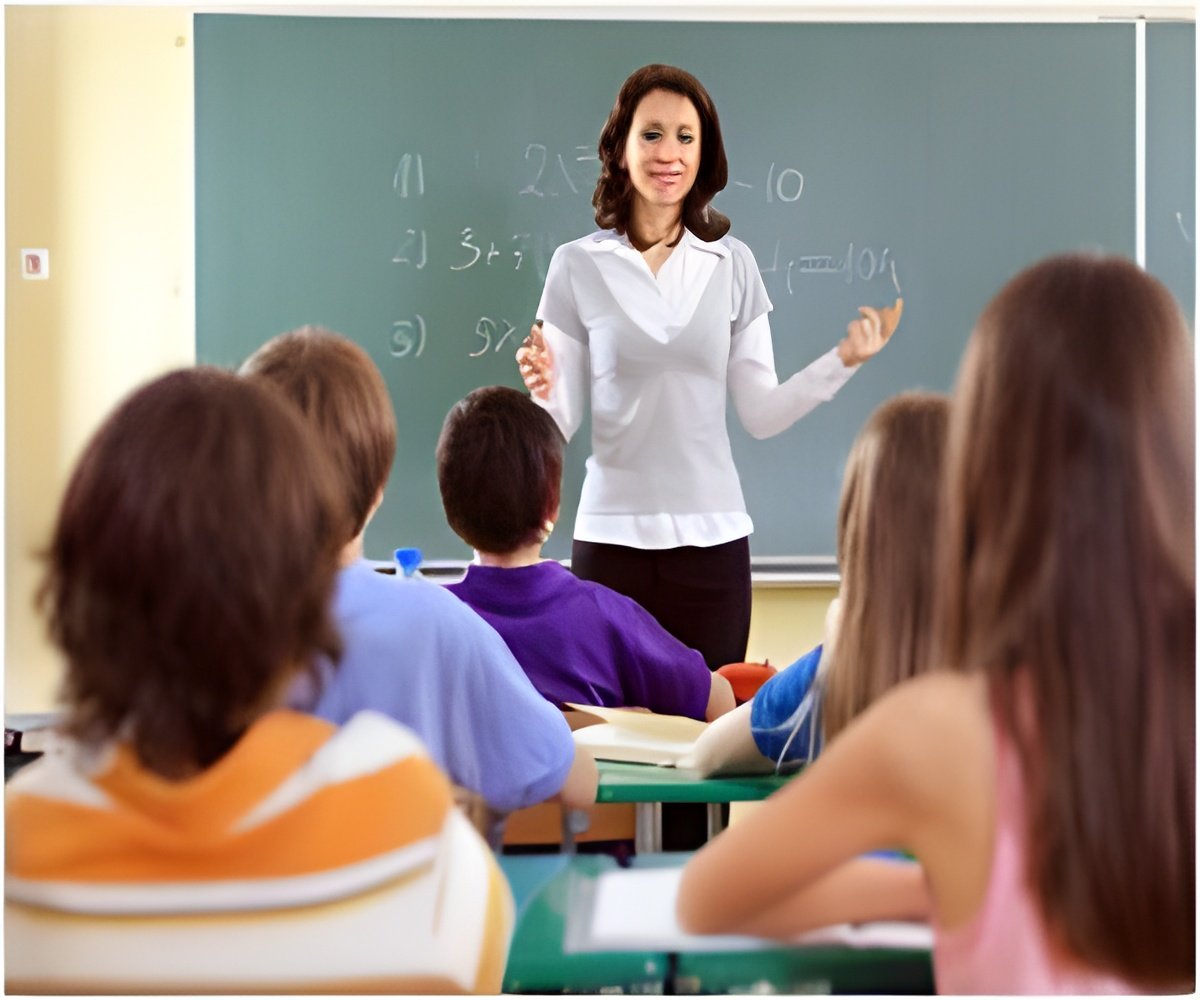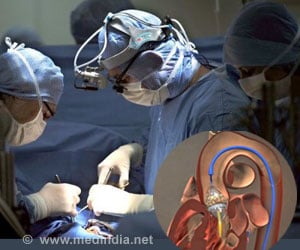Blackboards and books, the main elements of a present day classroom, could soon be a thing of the past, thanks to the newly designed smart desks.

Researchers suggested that this classroom could help teachers to use collaborative learning to improve their pupils' flexibility in maths.
"Our aim was to encourage far higher levels of active student engagement, where knowledge is obtained by sharing, problem-solving and creating, rather than by passive listening," the Daily Mail quoted lead researcher, Professor Liz Burd, School of Education, Durham University, as saying.
"This classroom enables both active engagement and equal access. We found our tables encouraged students to collaborate more effectively.
"We were delighted to observe groups of students enhancing others' understanding of mathematical concepts. Such collaboration just did not happen when students used paper-based approaches," Professor Burd stated.
The project called SynergyNet set out to integrate a fully collaborative system of desks, building it into the 'fabric and furniture of the classroom'.
Advertisement
The teacher plays a key role in the classroom and can send tasks to different tables to individuals and groups.
Advertisement
The findings published in the journal Learning and Instruction, show that children who use a collaborative maths activity in the SynergyNet classroom improve in both mathematical 'flexibility and fluency', while children working on traditional paper-based activities only improve in flexibility.
"Cooperative learning works very well in the new classroom because the pupils interact and learn in a different way," added Researcher, Emma Mercier, School of Education, Durham University.
Source-ANI









